I have a beautiful mlr3 ensemble model (combined glmnet and glm) for binary prediction, see details here
library("mlr3verse")
library("dplyr")
# get example data
data(PimaIndiansDiabetes, package="mlbench")
data <- PimaIndiansDiabetes
# add an additional predictor "superdoc" which is not entered in the glmnet but in the final glm
set.seed(2323)
data %>%
rowwise() %>%
mutate(superdoc=case_when(diabetes=="pos" ~ as.numeric(sample(0:2,1)), TRUE~ 0)) %>%
ungroup -> data
# make a rather small train set
set.seed(23)
test.data <- sample_n(data,70,replace=FALSE)
# creat elastic net regression
glmnet_lrn = lrn("classif.cv_glmnet", predict_type = "prob")
# create the learner out-of-bag predictions
glmnet_cv1 = po("learner_cv", glmnet_lrn, id = "glmnet")
# PipeOp that drops 'superdoc', i.e. selects all except 'superdoc'
# (ID given to avoid ID clash with other selector)
drop_superdoc = po("select", id = "drop.superdoc",
selector = selector_invert(selector_name("superdoc")))
# PipeOp that selects 'superdoc' (and drops all other columns)
select_superdoc = po("select", id = "select.superdoc",
selector = selector_name("superdoc"))
# superdoc along one path, the fitted model along the other
stacking_layer = gunion(list(
select_superdoc,
drop_superdoc %>>% glmnet_cv1
)) %>>% po("featureunion", id = "union1")
# final logistic regression
log_reg_lrn = lrn("classif.log_reg", predict_type = "prob")
# combine ensemble model
ensemble = stacking_layer %>>% log_reg_lrn
#define tests
train.task <- TaskClassif$new("test.data", test.data, target = "diabetes")
# make ensemble learner
elearner = as_learner(ensemble)
ensemble$plot(html = FALSE)

If I train it with different set.seed, I get different coefficients. I think this is mainly caused by the rather low number of training data that is entered in the glmnet model and could be migitated by repeated cross-validation.
# Train the Learner:
# seed 1
elearner = as_learner(ensemble)
set.seed(22521136)
elearner$train(train.task) -> seed1
# seed 2
elearner = as_learner(ensemble)
set.seed(12354)
elearner$train(train.task) -> seed2
# different coefficients of the glment model
coef(seed1$model$glmnet$model, s ="lambda.min")
#> 9 x 1 sparse Matrix of class "dgCMatrix"
#> 1
#> (Intercept) -6.238598277
#> age .
#> glucose 0.023462376
#> insulin -0.001007037
#> mass 0.055587740
#> pedigree 0.322911217
#> pregnant 0.137419564
#> pressure .
#> triceps .
coef(seed2$model$glmnet$model, s ="lambda.min")
#> 9 x 1 sparse Matrix of class "dgCMatrix"
#> 1
#> (Intercept) -6.876802620
#> age .
#> glucose 0.025601712
#> insulin -0.001500856
#> mass 0.063029550
#> pedigree 0.464369417
#> pregnant 0.155971123
#> pressure .
#> triceps .
# different coefficients of the final regression model
seed1$model$classif.log_reg$model$coefficients
#> (Intercept) superdoc glmnet.prob.neg glmnet.prob.pos
#> -9.438452 23.710923 8.726956 NA
seed2$model$classif.log_reg$model$coefficients
#> (Intercept) superdoc glmnet.prob.neg glmnet.prob.pos
#> 0.3698143 23.5362542 -5.5514365 NA
Question:
Where and how could a repeated cross-validation be entered in my mlr3 ensemble model to migitate these varying results? Any help is very appreciated.